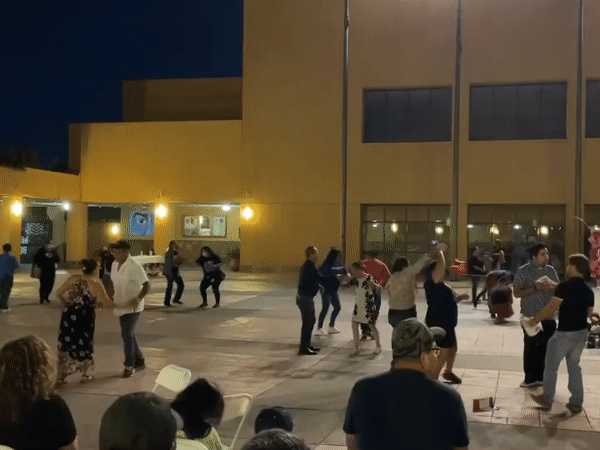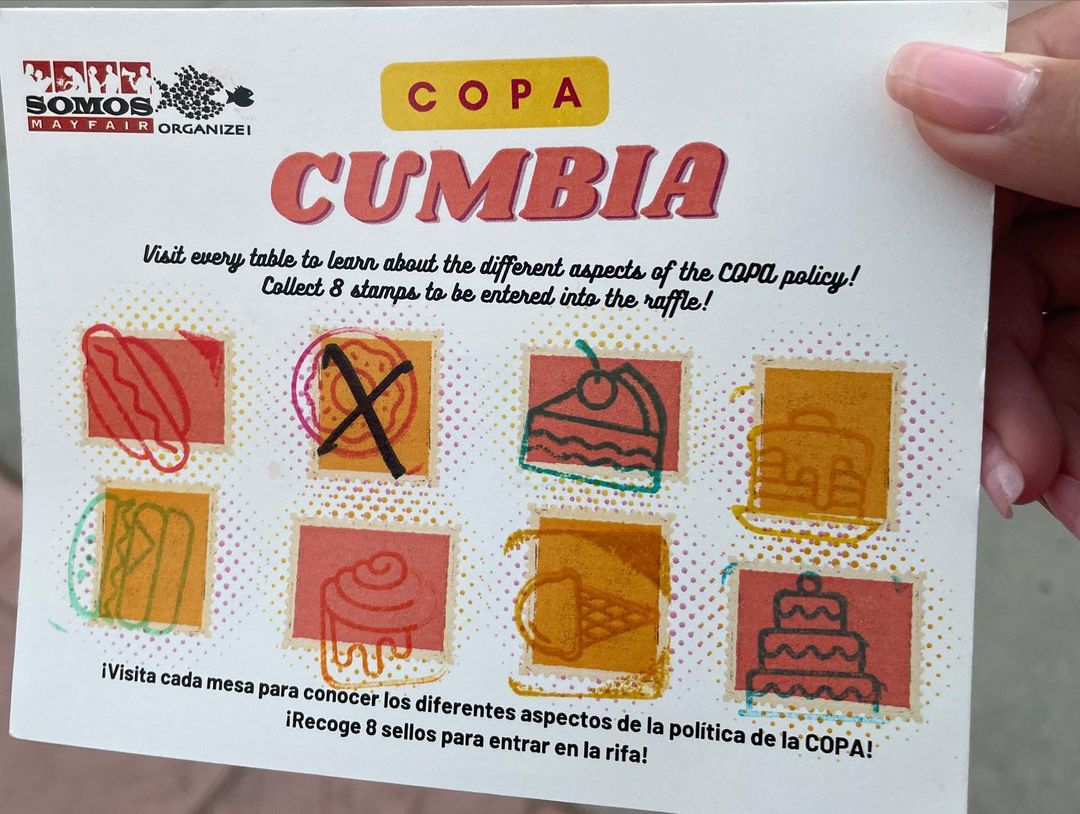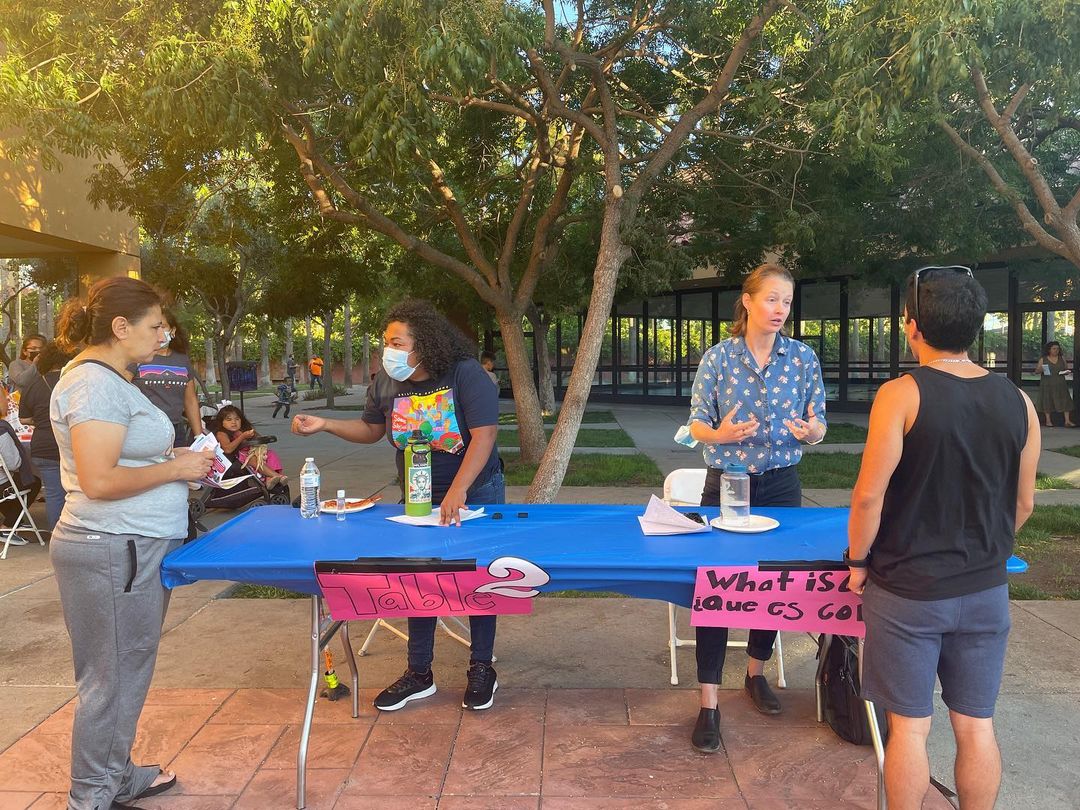I used to think I was one of only a handful people who enjoyed talking about affordable housing policy on a Friday evening. But a few weeks ago I was blown away when over 300 people came together in East San Jose to learn about San Jose’s proposed Community Opportunity to Purchase Act (COPA). SOMOS Mayfair, a grassroots organizing group and service provider based in San Jose’s Mayfair neighborhood, organized the “COPA Cumbia” to educate community members and generate enthusiasm for COPA while dancing to cumbia and enjoying food. Attendees included community members who were learning about COPA for the first time; partner organizations that have been convening as part of a “COPA Coalition” for well over a year; a local city council candidate; and staff from a state senator’s office.
What is COPA?
In contrast to traditional for-profit buyers, these non-profits – including affordable housing developers, community land trusts and limited equity cooperatives
COPA is an anti-displacement policy that would keep lower income families in their homes when a property owner moves to sell the property. It would level the property acquisition playing field between traditional real estate players, such as investors who can purchase properties in cash, and non-profit affordable housing groups. In contrast to traditional for-profit buyers, these non-profits – including affordable housing developers, community land trusts and limited equity cooperatives – would be required to keep the units permanently affordable. If adopted in San Jose, COPA would stabilize neighborhoods that are undergoing displacement, add units to the permanently affordable housing stock, and could provide non-traditional homeownership options for lower-income families who would otherwise be completely priced out of homeownership in the area. COPA also has the potential to serve as a tool for empowering residents to substantively participate in the property acquisition process by encouraging mission-driven buyers to consult with them before moving forward with the purchase.
Base-Building at Cumbia COPA

Base-building events like these are extremely important not only for gathering support, but also for sustaining the strength of campaigns like COPA in San Jose, which often span multiple years. They present important opportunities for ongoing community education and engagement – especially in a culturally relevant environment with bilingual volunteers and community members who are the ones most likely to be impacted by this type of policy. Although SOMOS Mayfair first encouraged San Jose to explore developing a COPA policy in 2019, COPA is a relatively new policy in the Bay Area. For effective advocacy to occur, it’s crucial that community members are well-informed about the policy and how they or their neighbors could benefit from it. For many community members, this kind of initial contact with the policy becomes a gateway for engaging in future COPA advocacy events.
With detailed policies like COPA that most community members are unfamiliar with, advocates need innovative and captivating ways to share complex information. SOMOS Mayfair ingeniously set up eight tables, each of which covered a specific topic (e.g. “What is COPA?” “Where does the money come from?” and “How does it work for tenants?”). Attendees were asked to listen to explanations from volunteers at each table in order to receive a stamp in a “COPA passport.” Community members then turned in their fully-stamped passport to participate in a raffle.

Because SOMOS Mayfair is a grassroots organization with deep knowledge of how to engage their community, they understood how to create an encouraging environment where participants had substantive one-on-one conversations with volunteers, getting their questions answered and expressing their desired outcomes for the policy in real time. This was something that struck me as a stark contrast to typical affordable housing policy panel events, where three to four experts talk about the policy followed by a public Q&A (where only those who are comfortable speaking in public tend to speak up). This was a great reminder of the importance of cross-sectoral partnerships where organizations that serve the community’s needs, like SOMOS Mayfair, are central to the policy process.
As a Partnership for the Bay’s Future Fellow working to strengthen cross-sectoral collaboration between SOMOS Mayfair and the City of San Jose Housing Policy team, I also tabled for this event. Partnership for the Bay’s Future Fellows like myself are embedded within city agencies and provide staff capacity to work on equitable affordable housing policies, while also working to ensure that there are firm bridges between the community’s vision and needs for the policy and the policy making process occurring at City Hall. At the COPA Cumbia, I was able to leverage my unique role where I’ve rapidly developed expertise on COPA to explain the basics of the policy to community members and hear their questions and concerns. The experience of having these one-on-one conversations with community members provoked my own reflections about possibilities for strengthening the bridge between City Hall and the community’s vision for equitable housing solutions.

What’s Up Next for COPA in San Jose?
COPA will be taken to City Council for a vote in the spring of 2023. In the meantime, SOMOS Mayfair will continue to campaign and grow its base of support for the policy, while the City of San Jose Housing Department will host several additional community meetings in November and early 2023. These events represent opportunities for community members to express their support for the policy, a key element for ensuring that the policy gets passed.
For more information on COPA in San Jose, visit the SOMOS Mayfair’s COPA page and the City of San Jose Housing Department’s COPA page. And if you’re thinking of implementing a similar policy in your city, check out the Opportunity to Purchase Campaign Playbook on the PBF resource page, which provides the building blocks and insights for what it takes to run a successful campaign.